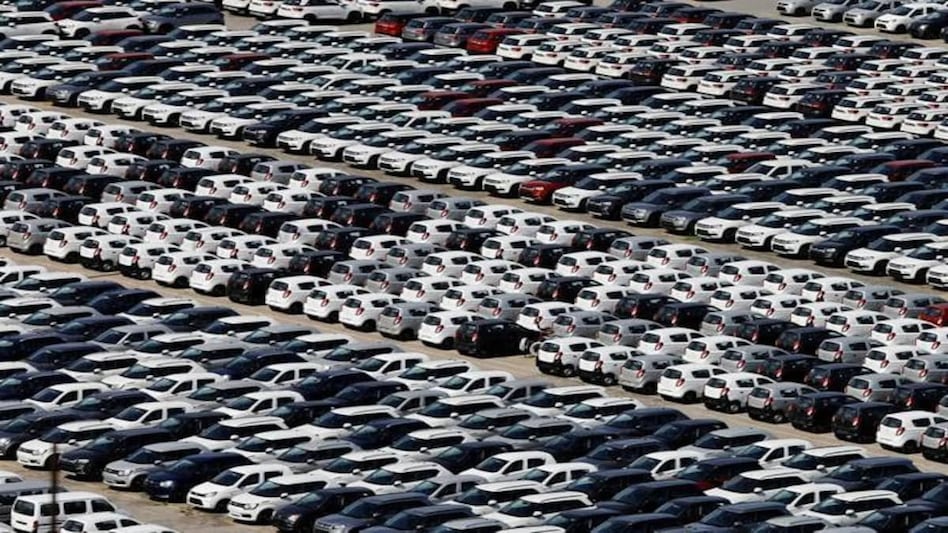 CII says Tamil Nadu automobile industry face a very high climate risk
CII says Tamil Nadu automobile industry face a very high climate risk
 CII says Tamil Nadu automobile industry face a very high climate risk
CII says Tamil Nadu automobile industry face a very high climate riskIt is code red for the country’s automobile manufacturing capital as Tamil Nadu's auto industrial units face very high climate risk, while their adaptive capacity to extreme weather events is very low, according to physical climate risk assessment by industry body CII.
The analysis of physical climate risks for three prioritised clusters in the dairy and food processing industry in Maharashtra, iron and steel in Odisha, and automobile in Tamil Nadu reveals complex patterns in the impacts of climate change and associated disasters. The analysis has been based on stakeholders' consultation.
The automobile industry in TN has been marked in red zone both in terms of risk and adaptive capacity due to massive climate risk over its operations. The other two clusters faced relatively lower risk and had better capacity to adapt.
The analysis is part of CII’s framework ‘Building Climate Resilience for Indian Industry' released recently to assess and quantify climate risks for Indian businesses and their value chains. The framework has been developed in consultation with industry players, experts, and other stakeholders.
The three key industrial clusters were assessed on indicators such as climate hazard, exposure, sensitivity, and adaptive capacity to climate related risks. It showed that the automobile industry is in a very high-risk zone for climate hazards like floods, drought, cyclones, and heavy rainfall posing massive risks.
According to the assessment, there is a direct correlation between exposure of TN automobile manufacturing units, warehouses and distribution centres and the coast (distance between them) and ports exposed to cyclones. This means the units are more exposed to extreme weather events.
The adaptive capacity measures like industrial preparedness, industrial management, structural safeguarding, financial preparedness and innovation and technology to address physical climate risk were very low, found the assessment.
As part of sector-specific actions recommended for better adaptation for building resilience, the CII assessment suggested short and long-term actions.
“Diversify supply chains (particularly relevant for EV-specific supply chains) and increase the use of local suppliers to reduce dependency on long-distance transportation, which can be disrupted by extreme weather. It would also be important to sensitise and collaborate with the government to develop a mineral policy and national strategic mineral reserves (as we do with strategic petroleum reserves),” said one of the recommendations.
It also called to evaluate climate-related supply chain vulnerabilities twice a year including those related to raw materials and component suppliers keeping in mind that while companies generally monitor geopolitical risks, suppliers’ financial health and quality, it would be important to also incorporate climate risks into such assessments.
Sanjiv Puri, President, Confederation of Indian Industry, Chairman & Managing Director of ITC Limited, in the foreword of the framework wrote that it is designed to help enterprises identify risks from floods, droughts, heatwaves, cyclones, and other phenomena caused by climate change and guide them in prioritising appropriate adaption actions across sectors and in different regions.